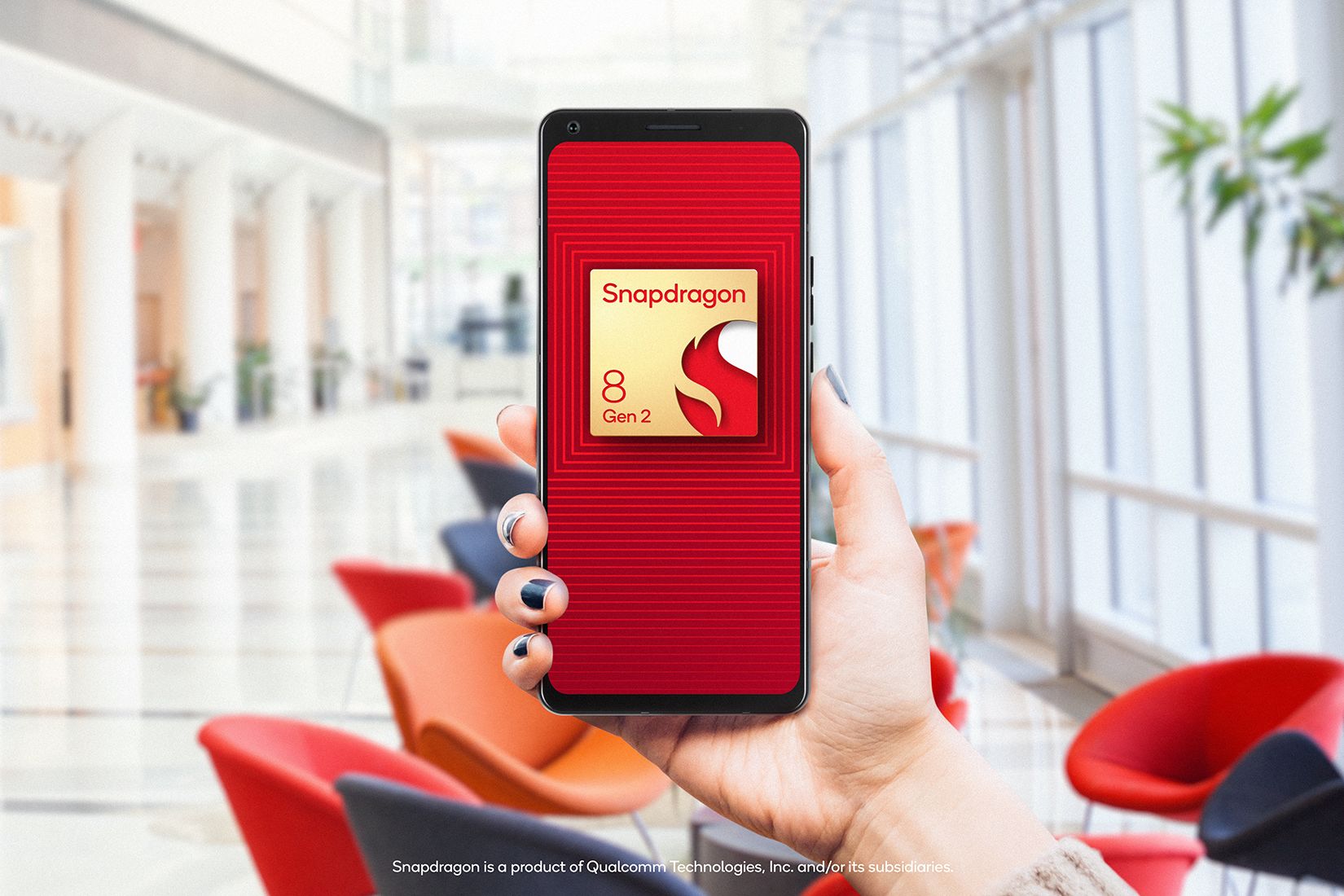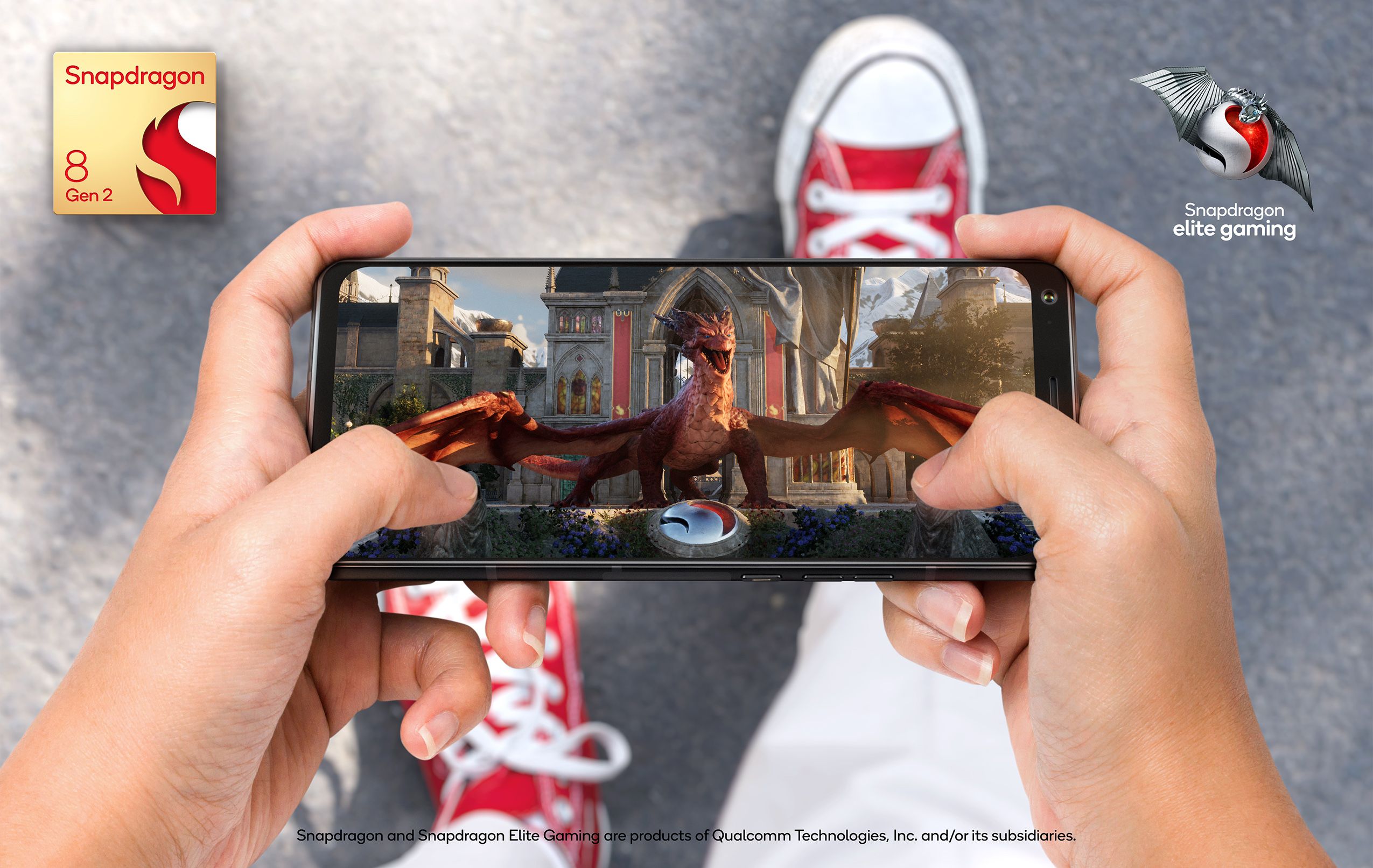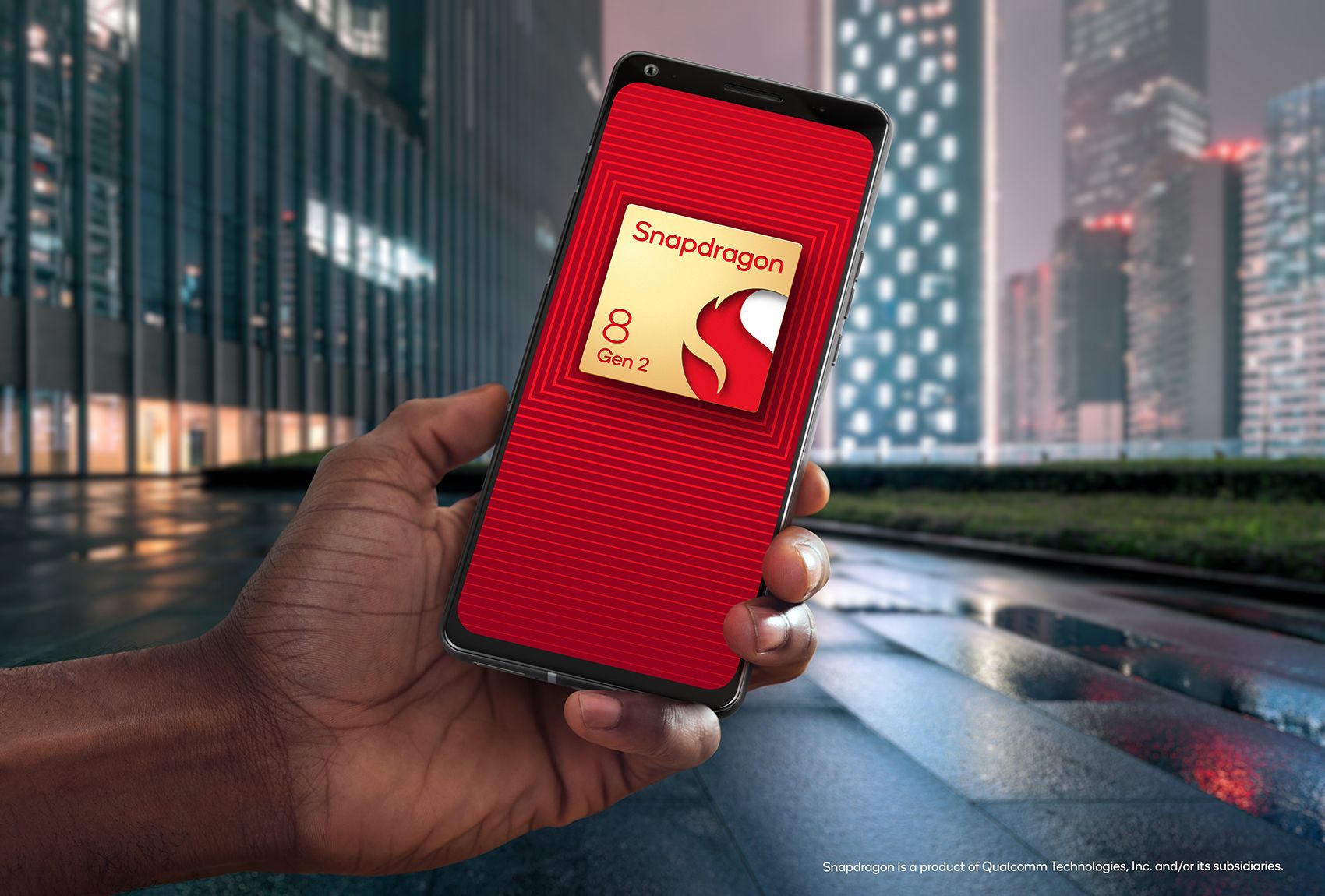Quick Links
It's been a rollercoaster of a year for Qualcomm. Despite a promising launch that powered some of our favorite smartphones of the year, the Snapdragon 8 Gen 1 launched to middling reviews. Devices powered by the first chipset as part of a massive planned rebranding found it suffered from overheating, throttling under heavy usage and delivering mediocre battery life. But the company found success in the back half of the year, spurred on by some excellent mid-range processors and, most notably, the launch of the Snapdragon 8+ Gen 1.
With those heating issues seemingly in the rearview mirror — not to mention some excellent battery life from the handful of devices rocking the TSMC-made chip — Qualcomm is free to move on to its first second-gen launch under its current branding. The Snapdragon 8 Gen 2 is here, once again manufactured by TSMC as a 4nm chip. And while that might sound boring on the page, it builds on its predecessors in some truly interesting ways that could make next year's slate of flagships some of the most reliable and enduring yet.
Snapdragon 8 Gen 2: Sheer performance
As if designed to compete head-to-head with MediaTek's current high-performance efforts, Qualcomm's latest Kyro CPU is built on a similar — albeit not identical — composition. Like the Dimensity 9200, Snapdragon is using a 3.2 GHz Cortex X3 primary core, which should present a solid step up from last year's Cortex X2. It's backed by four "performance" cores — two A710, two A715 — and three "efficiency" cores, a small deviation from how MediaTek approached its CPU this year. Those A710 cores also ensure 32-bit apps continue to see support, even as the industry pivots into a 64-bit world.
Speaking of competing with MediaTek, Qualcomm is joining the race towards hardware ray tracing. The Snapdragon 8 Gen 2's Adreno GPU features 25 percent improved performance over last year's chip, along with an efficiency boost of 40 percent. Those are impressive year-over-year numbers that should help Qualcomm avoid those throttling issues seen on Gen 1.
As for ray tracing, we'll have to wait and see how mobile developers take advantage of improved lighting and effect. While the mobile gaming scene is still primarily ruled by the free-to-play likes of Candy Crush, successes like League of Legends and Call of Duty: Mobile could utilize this tech to look closer to their PC counterparts. And with Tencent as one of the partners for ray tracing, it seems all the more likely.

Snapdragon 8 Gen 2: Networking, AI, cameras, and beyond
And hey, this is Qualcomm right? That means a brand-new 5G modem is at the center of the Snapdragon 8 Gen 2, complete with support for DSDA, or Dual-SIM Dual-Active. That said, most smartphone shoppers are more likely to get excited by the addition of Wi-Fi 7. We're arguably early in the days of Wi-Fi 6E, which may make support for its yet-to-launch successor seem unnecessary at best. But as consumers continue to hold onto phones for three, four, or even five years, nailing this connectivity is crucial. TP-Link just announced a Wi-Fi 7 router this week, so it's clear improved wireless is just around the corner.
While I think performance and battery gains are what most smartphone nerds are primarily concerned with, Qualcomm continues to narrow its focus to AI. It's no surprise — part of what makes recent Pixels so impressive is how incredibly well Google's Tensor chips can handle on-the-fly photo editing. Qualcomm's latest AI Engine features up to 4.35x faster performance, allowing for utilities like multi-language translation and improved cinematic blur while recording to take shape.
Likewise, Snapdragon's Sensing Hub now includes dual AI processors, all in an effort to boost voice recognition while making custom wake words a reality. We're still in the early days of AI on smartphones, and I'm excited to see Qualcomm pushing forward here to compete with Google, at least on the hardware front. We'll have to wait and see how these tools translate into actual features on future devices once manufacturers and other developers get a hold of them.
AI is also affecting how Qualcomm thinks about cameras. Snapdragon Sight now includes the company's first Cognitive ISP, an AI-powered neural network that works to identify specific objects in the frame, optimizing their appearance in real time. Buildings, plants, faces, clothes — nearly everything you're already taking photos of is supported. On the hardware front, Samsung's impressive 200MP ISOCELL HP3 is specifically optimized for the Snapdragon 8 Gen 2, with Qualcomm also including support for 8K HDR video recording at 60FPS and, even more crucially, AV1 support. 8K recording once again feels like a feature that, while not necessarily a benefit today, will make a huge difference three, four, or even five years down the road.
Snapdragon 8 Gen 2: Powering your next smartphone
Unsurprisingly, Qualcomm is already partnered with the vast majority of the industry, including OnePlus, Asus, Motorola, and Sony. Samsung is notably missing from the list, though we know the two companies extended their partnership earlier this year. While we'll have to wait until earlier next year to see how the Galaxy S23 series benefits from this chip, new hardware from other various partners is set to launch before the end of this year.



